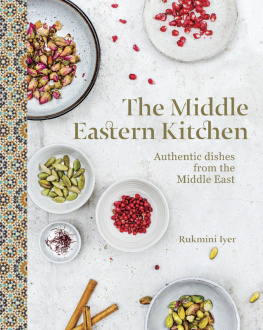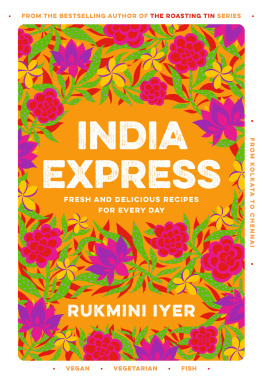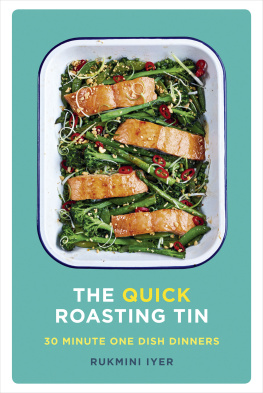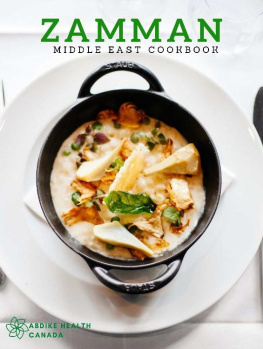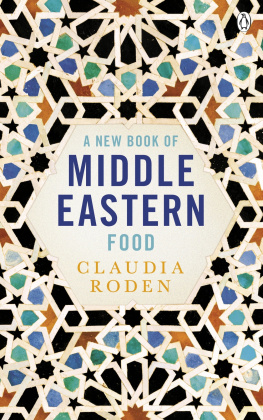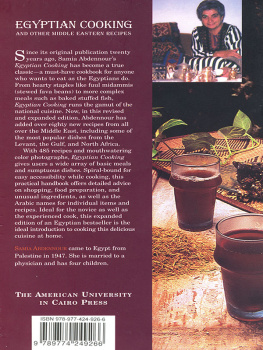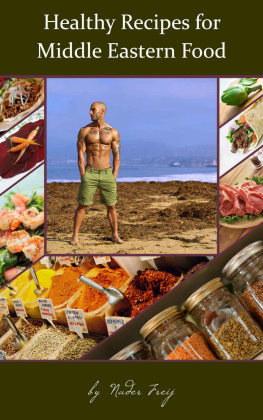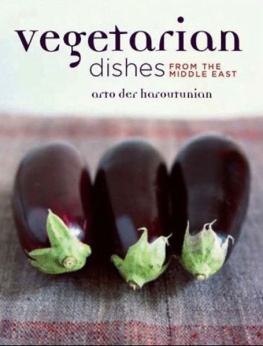Parragon Inc.
LOVE FOOD and the accompanying heart device is a registered trademark of Parragon Books Ltd in the USA, the UK, Australia, India, and the EU.
All rights reserved. No part of this publication may be reproduced, stored in a retrieval system, or transmitted, in any form or by any means, electric, mechanical, photocopying, recording, or otherwise, without the prior permission of the copyright holder.
This book uses standard kitchen measuring spoons and cups. All spoon and cup measurements are level unless otherwise indicated. Unless otherwise stated, milk is assumed to be whole, eggs are large, individual fruits and vegetables are medium, pepper is freshly ground black pepper, and all root vegetables should be peeled prior to using.
Garnishes, decorations, and serving suggestions are all optional and not necessarily included in the recipe ingredients or method. The times given are only an approximate guide. Preparation times differ according to the techniques used by different people and the cooking times may also vary from those given. Optional ingredients, variations, or serving suggestions have not been included in the time calculations.
For the best results, use a meat thermometer when cooking meat. Check the latest government guidelines for current advice.
The Middle Eastern Kitchen

From Turkeys yogurt, feta, honey, and pomegranates to North Africas ras el hanout, dates, and rosewater, the variety of ingredients in the Middle East is equaled only by the diversity of the regions dishes. The food of Iran, formerly Persia, is perhaps the most refined of the area, with its layered spicing and famed jeweled rice dishes. However, Moroccan and Tunisian classics are among the most popular today, including spicy taginesstews cooked in covered earthenware potsand fiery harissa. They act as a gateway to the wider region. Iraq, Syria, Lebanon, Jordan, Palestine, Israel, Turkey, and the Yemen all have a wealth of dishes and ingredients reflected in the recipes in this book.
The Middle Eastern cook has an abundance of fresh produce to draw on. There are river and saltwater fish, armfuls of fresh herbs, such as mint and cilantro, sunny Mediterranean vegetables, and a variety of meats, such as lamb and chicken (see ), as well as grains, such as bulgur and freekeh. Nuts, such as pistachios and almonds, are used to thicken sauces and add texture, with walnuts popular in Iran and Turkey and pine nuts in Syria and Egypt. Dates, dried apricots, barberries, and raisins bring a sweetness to savory dishesa popular combination throughout the region.
All these ingredients can be combined and cooked in a dizzying variety of ways. Street food is quickly grilled over charcoal braziers, a home cook may painstakingly roll, stuff, and deep-fry pastries, rich tagines are left to simmer slowly for hours, and crunchy, vibrant vegetables are quickly thrown together in salads.
Spices, from complex blends to a simple sprinkling of sumac before serving, bring depth and flavor to a wide range of dishes. Eastern grocery stores, gourmet food stores, or the Internet has made Middle Eastern cooking more accessible outside the region.
Most of the dishes in this book are simple enough to throw together for a quick, flavor-packed, weeknight dinner. For weekend cooking, there are plenty of easy, slow-cooked stews and tagines, and the more hands-on kibbeh and small pies are great for an afternoon of adventurous assembly-line cooking.
For special occasions, you can combine dishes from different chapters to create a sharing feast for friends. A particularly good combination is .
Once youre confident with the simple techniques and spice blends in the book, you can modify the recipes to suit your own favorite vegetable or herb combinations. Use cilantro instead of flat-leaf parsley, substitute ras el hanout for zaatar in a spice rub, add more or less chile to a sauce, depending on your preference, and make the dishes your own. In Middle Eastern cooking, as with all recipes, taste as you go along; the perfect combination of lemon juice, sea salt, and freshly ground black pepper, if you like to use them, will vary from cook to cook. Taste, season, then taste again before serving so you can adjust the dishes to suit your palate.
Middle Eastern recipes evolve as you cook them, depending on your taste and the ingredients you have on hand. The regions food and its rich cultural history have similarly evolved into the complex, diverse, and fascinating culinary landscape of today.

Beet Falafel with Pita Breads
Traditionally deep-fried, these ruby-colored falafel are flavored with cumin and sumac, then roasted. Serve in homemade pita breads with tzatziki and lettuce.
PREP: 1 hour
COOK: 35 minutes
RISE: 55 minutes
SERVES: 4
1 (28-ounce) can chickpeas in water, drained and rinsed
1 red onion, finely chopped
2 garlic cloves, thinly sliced
1 teaspoon cumin seeds, crushed
1 teaspoon sumac
1 teaspoon baking powder
2 raw beets, coarsely grated
large pinch of sea salt
large pinch of pepper
3 tablespoons olive oil, for brushing
8 lettuce leaves, shredded, to serve
Whole wheat pita breads
2 cups whole wheat flour, plus 2 teaspoons, for dusting
teaspoon sea salt flakes, crushed
1 teaspoon packed dark brown sugar
1 teaspoon active dry yeast
1 teaspoon cumin seeds, crushed
1 tablespoon olive oil
about cup warm water
Tzatziki
cucumber, halved, seeded, and finely chopped
cup Greek-style plain yogurt
2 tablespoons finely chopped fresh mint
pinch of sea salt
pinch of pepper
For the pita breads, mix together the flour, salt, sugar, yeast, and cumin in a bowl. Add the oil, then gradually mix in enough warm water to make a soft dough. Dust a work surface with 1 teaspoon of flour. Knead the dough on the surface for 5 minutes, or until smooth and elastic. Return it to the bowl, cover it with a clean dish towel, and put it in a warm place for 45 minutes, or until doubled in size.
When you are almost ready to cook, preheat the oven to 425F. Dust a work surface with 1 teaspoon of flour. Knead the dough gently, then cut it into four pieces and roll out each piece into an oval about the size of your hand. Let rise for 10 minutes.

